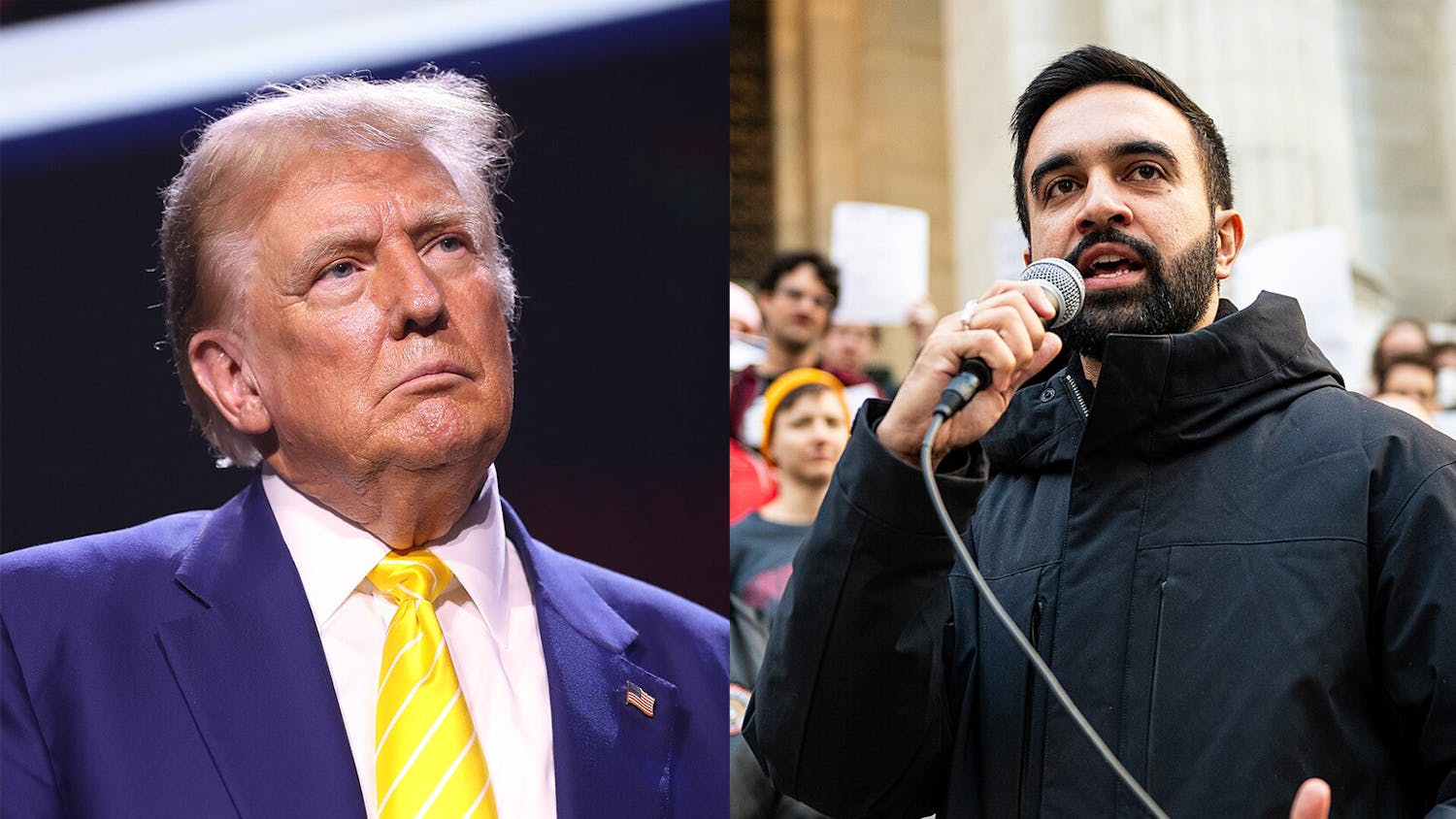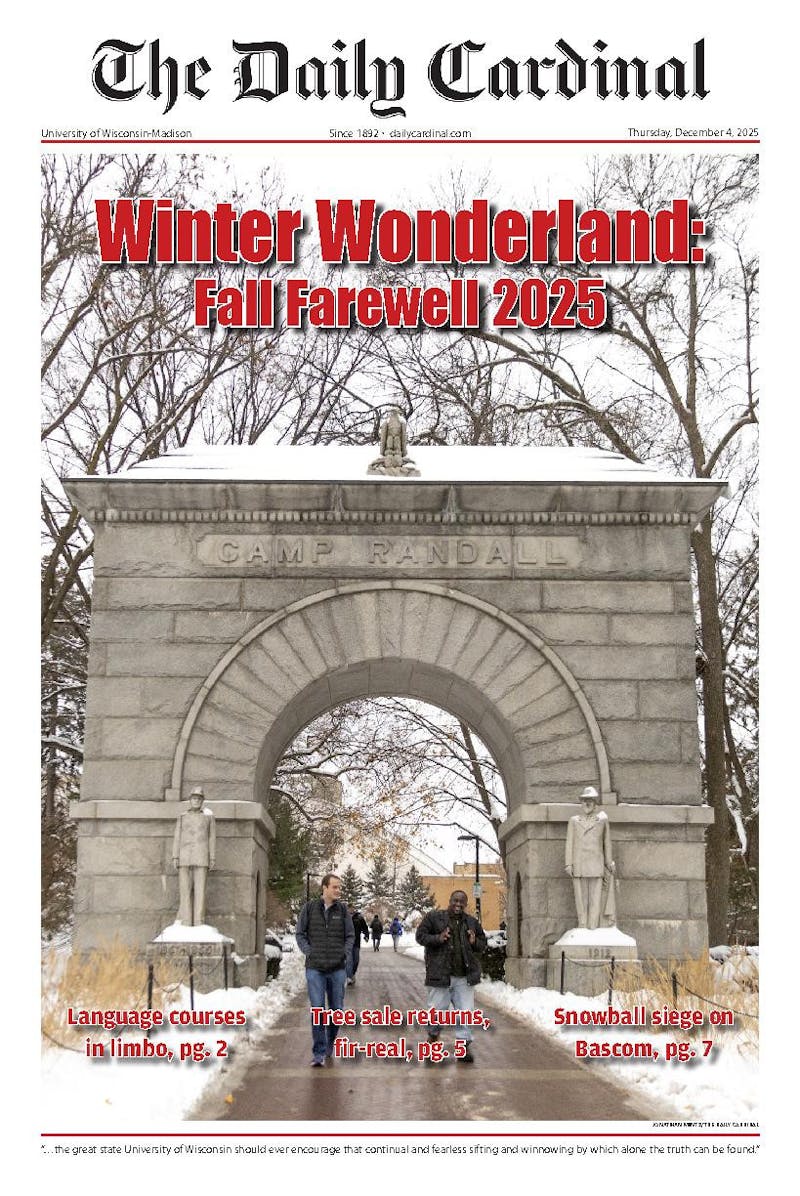After a lively debate about musical prodigies, I wanted to show someone a quality recording of the Jackson Five's ""I'll Be There"" on YouTube as some evidence of undeniable talent. Then a red ribbon popped up to my dismay, saying, ""This video has been removed due to copyright violation.""
Luckily for users, by the end of this year, inconvenient moments like this will not be as common while browsing YouTube. Last week, YouTube reached a deal with the Warner Music Group to bring the label's videos back. So far, YouTube is in agreement with all four major music labels in the country; Universal, Sony, EMI and Warner.
Behind the loving hugs currently shared by YouTube and other media giants were years of vehement brawls. Warner, for example, forced YouTube to pull off the label's videos in December of 2008. Some media conglomerates went one step further. Viacom, short for ""Video and Audio Communication,"" filed a one-billion-dollar lawsuit two years ago against YouTube for copyright infringement.
But all these efforts to put a halt to YouTube's use, or misuse, of copy written content only ended up adding to YouTube's already soaring popularity. On par with online social networks such as Facebook, the video sharing site drew 78.5 million viewers in January of 2008 alone. Time and time again, other media companies have to force themselves back to the negotiating table.
YouTube's bargaining power comes not only from its foundational principle of ""user-generated content,"" but also from its dedication to constant self-improvement. The early videos on YouTube offered a resolution of only 320x240 pixels. To our eager eyes, that means uneven rims of images and occasional jerky movements. Even the most tolerant users might find this viewing experience somewhat primitive compared with watching television.
Last year, the site introduced a ""high quality"" option for viewers, displaying videos with higher resolutions on a wide screen format. Now you can stream relatively high-quality videos, and this pushes the experience to the level previously held by televisions. Lured by YouTube's success, ever-grudging competitors have jumped into the online video market. AOL has started to offer a large selection of free music videos, hoping to draw audiences with their studio quality, while Vimeo helps satisfy the creative masses with its democratic art for art's sake mentality.
While last week's agreement seems like a win-win deal to YouTube and major labels, the message to users is mixed. On one hand, we get to enjoy more newly released videos in high quality. Now that TV networks and YouTube are talking about providing full episodes of programs to the site, the audience may have even more choices as YouTube incorporates Hulu's virtues. Hulu already broadcasts full TV shows with limited commercial interruptions. This brings into question how YouTube will handle advertising on these complete episodes. Also, the meshing of the two sacrifices much of what makes up the unique ""YouTube experience."" The focus is shifted from a user-generated agenda to one based more on the ad revenues garnered from such broadcasts.
Agreements between the site and music labels will add more ads to licensed videos. It's not only about the flashy ads right next to the screen. Observant users already find ad bands at the bottom of these videos, and to get rid of them, you need to click on a little cross. What was once a quick and efficient experience has the potential to be a mess, as you stumble through the ad space.
For years, YouTube has provided a studio with almost limitless possibilities, merging grass-roots talent with a global platform. Snoozing couch potatoes with hidden talents have been magically transformed into creative guitar players, their message spread to computers far and wide. A humble humming chef in Istanbul with a little bit of technical know-how spread his passion for traditional music, all because of the reaches of YouTube. But as TV and music labels find another niche in YouTube, users may be overwhelmed with the flooding of professional programs, leaving behind fun and originality of their own works. Computers, in the end, could degenerate from being multi-media hubs into plain old flat screens, like televisions.
Regardless of users' complex feelings on ads and content, YouTube has successfully maneuvered itself through all of its peace treaties and court summons. The site still dominates the online video market despite suspicions about its intent and technological limitations. Besides shaking hands with American media giants, YouTube is exporting its ""ads for videos"" strategy to other countries as well. In September this year, it signed a deal with British musicians, returning thousands of premium music videos to viewers. For other media competitors, cooperation is the most hopeful path so long as YouTube rules.
Qi Gu is a junior majoring in journalism. We welcome all feedback. Please send responses to opinion@dailycardinal.com.





